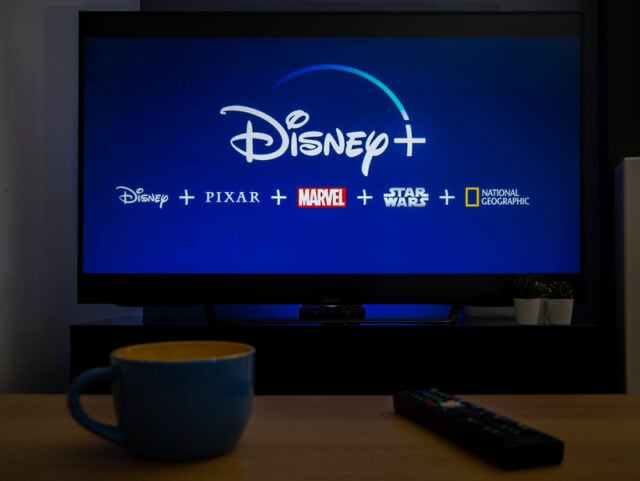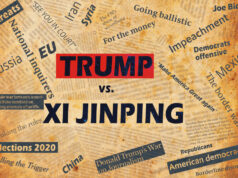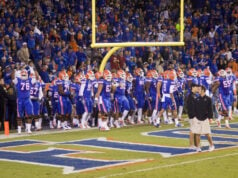
Disney has started flashing alerts to viewers of YouTube TV, warning that its flagship channels—including ESPN, ABC Television Network and other Disney networks—could go dark as soon as next week if a new distribution deal isn’t struck.
According to multiple reports, Disney says it’s invested heavily in its programming and expects its distribution partners to reflect that value in renewal talks. The message: even live-sports fans—NFL, NBA, college football—could lose access if YouTube TV doesn’t agree to the payment terms.
On the flip side, YouTube TV contends it has been negotiating in good faith but claims Disney’s demands would force up costs for subscribers and funnel more viewers into Disney’s own streaming offerings.
For viewers, the warning puts them in the middle of a carriage dispute they rarely see spelled out this plainly. With the contract deadline looming next week, many will be watching how this standoff plays out—especially if blackout notices begin to appear on their screens.
How often they happen
- Carriage disputes — where a content owner (network/broadcaster) and a distributor (cable, satellite or streaming service) can’t agree on a renewal contract so channels go dark — have become increasingly common.
- According to data from S&P Global Market Intelligence (via its Kagan unit), cable networks lost about US$179.5 million in affiliate fees from resolved blackouts between 2013-2021.
- The length of disputes varies hugely: some are resolved in days, others stretch for months or even years. For example, one blackout lasted 1,057 days in the Viacom-Suddenlink case.
- Many carriage deals renew every 2-3 years, so those renewal windows often become negotiation flashpoints.
What the typical outcomes are
- Most disputes end with a renewal agreement — usually the distributor pays higher carriage/retransmission fees, and the channel remains on the service.
- The outcome frequently involves both parties barging hard, issuing viewer warnings (“channels may go dark”), and then making up at the last minute. For example, carriers often warn subscribers ahead of a contract expiry.
- During the blackout window, the network loses affiliate-fee revenue; the distributor risks subscriber loss or backlash. For example: disasters of extended blackouts cost millions in lost fees.
- After resolution:
- The broadcaster tends to win a higher fee.
- The distributor may rearrange channel tiers or negotiate added terms (bundled content, streaming rights).
- Consumers sometimes get credits or are encouraged to switch providers, but also often face higher monthly bills down the line.
- In recent years, with streaming and cord-cutting on the rise, both sides face new pressure: fewer pay-TV subscribers mean distributors argue they can’t absorb huge fee hikes; broadcasters say they must raise fees to offset declining ad revenue.
Sources:
- Deadline
- Variety
- Axios
- Los Angeles Times
- TV News Check
- Next TV
- TheDesk.net
- The Business Journal
- S&P Global
- Carsey-Wolf Center at UC Santa Barbara
Disclaimer
The information contained in South Florida Reporter is for general information purposes only.
The South Florida Reporter assumes no responsibility for errors or omissions in the contents of the Service.
In no event shall the South Florida Reporter be liable for any special, direct, indirect, consequential, or incidental damages or any damages whatsoever, whether in an action of contract, negligence or other tort, arising out of or in connection with the use of the Service or the contents of the Service. The Company reserves the right to make additions, deletions, or modifications to the contents of the Service at any time without prior notice.
The Company does not warrant that the Service is free of viruses or other harmful components












